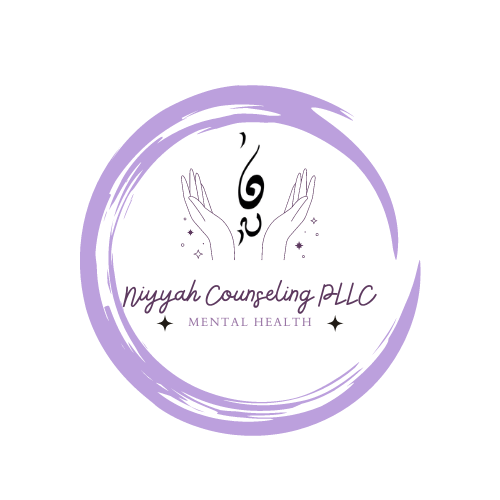Supporting Teens with Suicidal Thoughts by Linda Hamza
The Facts
Mental illness affects people regardless of their culture, race, ethnicity, age, gender, or sexual orientation. Risk factors, such as a history of trauma/abuse or a major loss, along with a lack of coping skills, can trigger an episode.
Each year more than 34,000 individuals take their own life, making suicide the tenth leading cause of death among U.S. adults, and the second leading cause in those aged 10 to 24 years. 90% of individuals who die by suicide experience mental illness, oftentimes undiagnosed or untreated. Half of all chronic mental illnesses begin by the age of 14 but on average people delay seeking treatment by 11 years. We know that 80 to 90% of patients who do get help are treated successfully using therapy and/or medication.
10 Do’s and Don’ts to help communities effectively address mental illness:
Don’ts
Don’t call the patient “crazy” - such labels mean very little in describing the situation, and yet causes a great deal of harm.
Don’t respond judgmentally and harshly.
“Get over it”; “Just think positively”; “What have you got to be anxious about?”; “There are people who have it way worse.”
Don’t blame yourself as a parent.
Don’t blame another Ummah member.
Don’t fear treatment. Your mental health professional will be able to help you navigate this and balance the cost-benefit-analysis of the chosen treatment.
Don’t let shame prevent you from saving a child. The Shame Resilience Theory offers ways of responding to such feelings.
Don’t ignore the warning signs!
Dos
Do raise awareness. Talk about suicide, mental illness, family genetics and history. If you are a professional, attend and educate other practitioners in Culturally Competent Interventions to help meet clients needs once treatments are sought. Talk to teachers, spiritual leaders, and police officers.
Do normalize the idea of mental illness in the community. Learn about the various diagnoses and what they mean. Provide community support as if it were your child.
Do debunk myths around mental illness & suicide.
Mental illness does not make you weak, nor mean you lack faith any more than poor eyesight requiring glasses, or a thyroid condition requiring medication does.
Teenagers are moody. Know the difference between developmentally appropriate responses, and when it is a cry for help. Depression as well as anxiety often presents in teenagers as anger and behavioral issues.
Do take the warning signs seriously.
Focusing on death, comments such as “wanting to disappear” or “never waking up” feeling like they’re a burden or hopelessness.
If they are isolating, giving away items or researching or making a plan or suicidal threats, comments, gestures, or attempts.
Taking high risks: driving extremely fast, using drugs/alcohol, self-harming or sexually acting out.
Mood swings, eating or sleeping more or less than usual
Do seek immediate treatment for Suicide Prevention
Call the National Suicide Prevention Lifeline (Lifeline) at 1-800-273-TALK (8255), or text the Crisis Text Line (text HELLO to 741741). Both services are confidential, free and available 24 hours a day, seven days a week. The deaf and hard of hearing can contact the Lifeline via TTY at 1-800-799-4889. Contact social media outlets directly if you are concerned about a friend’s social media updates or dial 911 in an emergency.
Know when to see a professional.
Psychiatrist: A doctor who prescribes and manages medication.
Therapist: A professional who can talk with your teen about the problems they’re experiencing, teach them coping skills, and refer them out as needed for higher levels of care.
